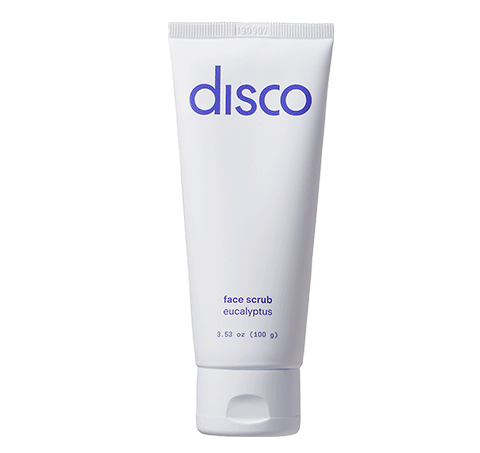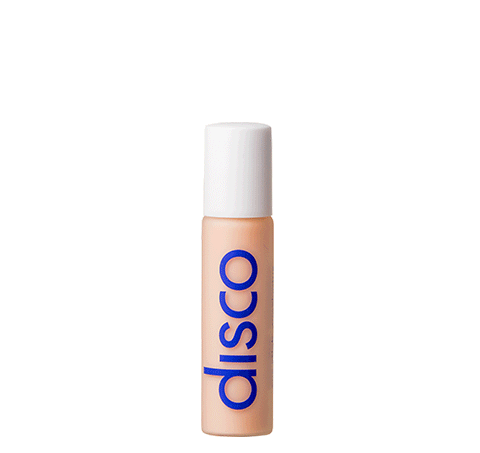If you have stretch marks, you should know that there's nothing to be ashamed of; much like cellulite, acne, and body hair, anyone can have stretch marks for a variety of reasons, and they aren't necessarily a reflection on your overall health or habits.
Normal or otherwise, you may still wish you didn't have those stretch marks. You likely will not be able to completely eliminate them, but there are some steps you can take to minimize their appearance.
What Causes Stretch Marks?
Stretch marks can occur due to the stress on your skin when it's stretched beyond its typical elasticity.
Most people notice them near their hips or on their thighs and butt. Often stretch marks appear as dark streaks on the skin, with a different texture than the rest of your skin and sometimes with a reddish tinge that fades out over time, but everyone's will look slightly different.
One of the most commonly associated causes is pregnancy– which may be why men feel embarrassed if they have stretch marks–but you can also get them from something as benign as an aggressive growth spurt in your teenage years.
The severity of stretch marks is impacted by a handful of factors– genetics, the degree of stress on your skin, and your cortisol levels, to name a few. Some underlying disorders can increase the possibility that you'll get stretch marks, as will gaining or losing weight rapidly.
The most reliable way to avoid getting stretch marks as an adult is to maintain a healthy weight. That said, you can be healthy all your life and still have them from shooting up five inches overnight when you were fifteen.
Can I Get Rid Of My Stretch Marks?
Unfortunately, it's not unlikely that you'll be able to get rid of your stretch marks altogether. That said, there are a few paths that you can take to minimize their appearance to make them less obvious to the discerning eye.
Home and Over-The-Counter Remedies
A 1996 study identified retinoids as a compound that can help to reduce the appearance of stretch marks. One of the most common retinoids in skincare products is Vitamin A.
Many over-the-counter topical creams incorporate Vitamin A to help keep your skin youthful and smooth. This seems to be most effective on newer stretch marks but can also diminish the appearance of old ones left over from a high school growth spurt.
Microdermabrasion, an intensive exfoliation procedure, is a clinical method with a proven track record of helping stretch marks fade (more on that later).
If you're not prepared to throw down the cash for a professional microderm treatment yet, then you can try a homemade sugar or coffee scrub first to exfoliate the area around your stretch marks. This approach will yield the best results if you make it a consistent part of your skincare routine. Try using the scrub for 5-10 minutes during your shower a few times a week.
Clinical Treatments
There isn't consensus in the scientific community regarding the effectiveness of at-home fixes for stretch marks. If you want a surer bet, you may want to look into getting a clinical treatment with a dermatologist.
As we mentioned above, microdermabrasion is one clinical treatment that has a measurable impact on the appearance of stretch marks. This essentially sands down the top layer of your skin to even out any imperfections on the surface, which can also improve your skin's overall elasticity.
That improved elasticity can minimize the appearance of wrinkles and fine lines as well as stretch marks. Microdermabrasion isn't a quick fix - you'll likely need ten or more monthly sessions to yield results - but this was one of the earliest recognized clinical treatments for stretch marks.
Laser treatment, which is used to repair and regenerate skin cells, is also gaining traction as a remedy to reduce the appearance of stretch marks. The technique uses short bursts of light to meticulously remove uneven spots in the skin, allowing healthier skin to grow in its place.
This solution does require an investment of both time and money - the American Society for Dermatological Surgery claims that up to 20 sessions may be required over several weeks to achieve 20% to 60% improvement - but, if successful, the results will be permanent.
Either of these treatments will be more expensive, and you'll have to commit to all of the individual sessions required, but if you're serious about reducing the appearance of your stretch marks then the financial and time investment could be well worth it in the end.
Final Thoughts
Although there’s nothing wrong with them, stretch marks can be a source of embarrassment for men and women alike.
Once you have stretch marks, it may be impossible to ever make them fade away completely. If your stretch marks are new, you may be able to treat them successfully with topical creams, vitamin supplements, or staying hydrated.
If you're finally trying to get rid of the lingering side effects of a high school growth spurt then you may be better served by consulting a dermatologist to determine whether a clinical treatment might be right for you.
However, before you commit to any treatment, remember that stretch marks are common in people of all ages and aren't necessarily something you need to go out of your way to treat.
If you're making other healthy choices for your body such as eating well, using sunscreen, and incorporating natural skincare products into your daily routine, then your stretch marks aren't likely to get worse over time.







